Garfield Park Conservatory Flower Show!
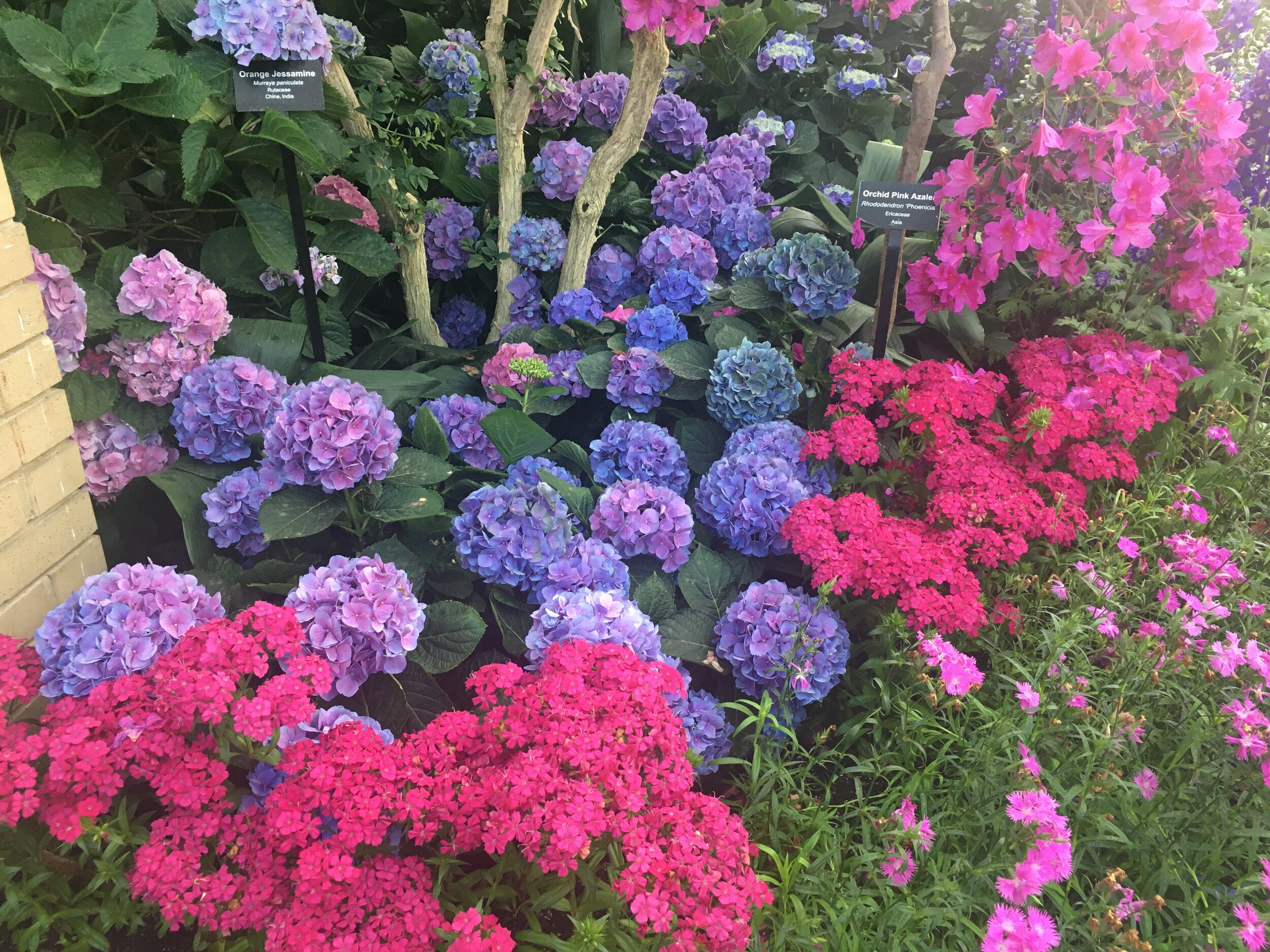
Azaleas are part of the genus Rhododendron and they bloom in the Spring. They come in various colors and they can be grown in almost any type of garden.
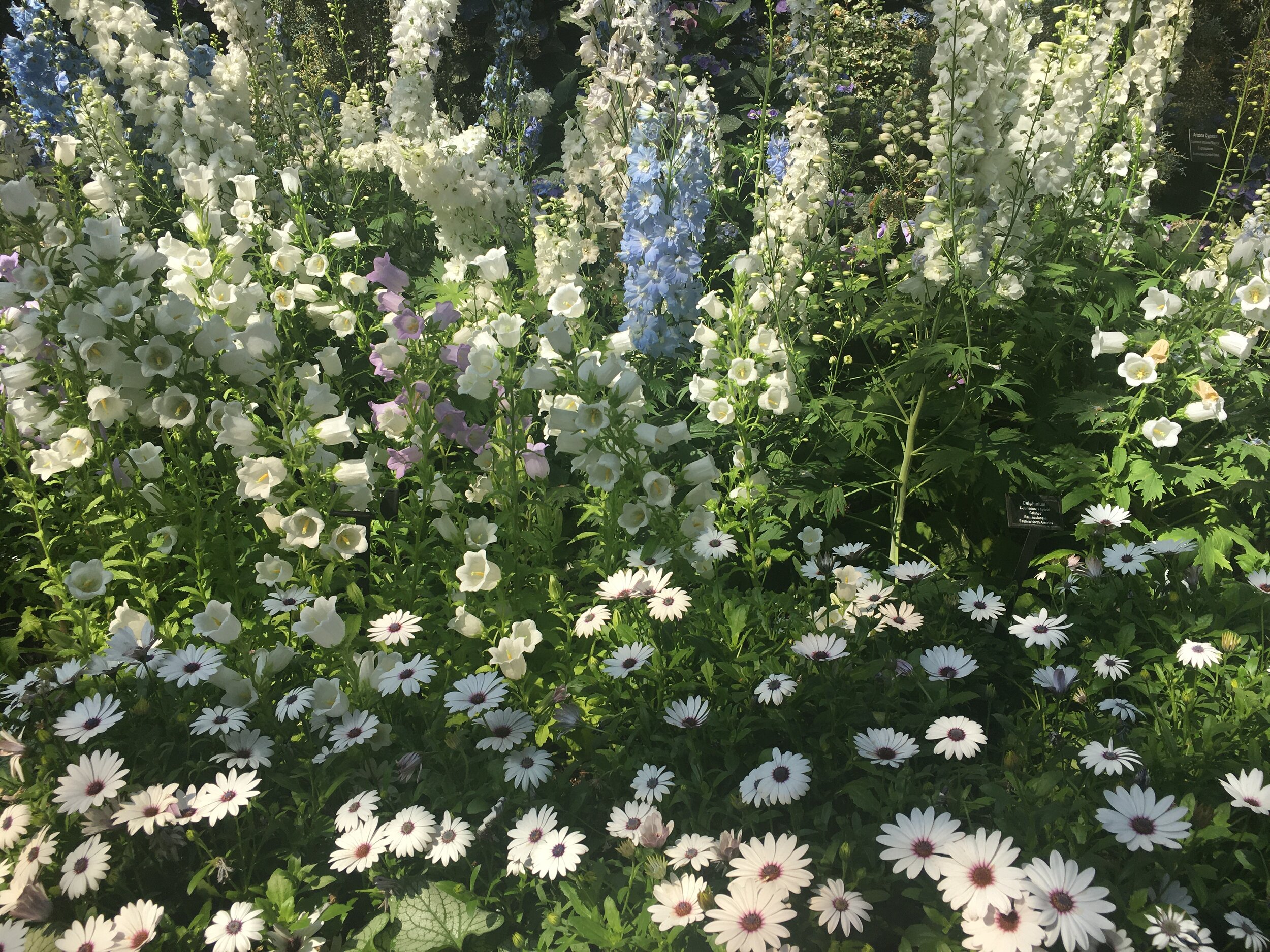
Both a baby blue and lilac-colored flower are surrounded by a sea of white flowers.
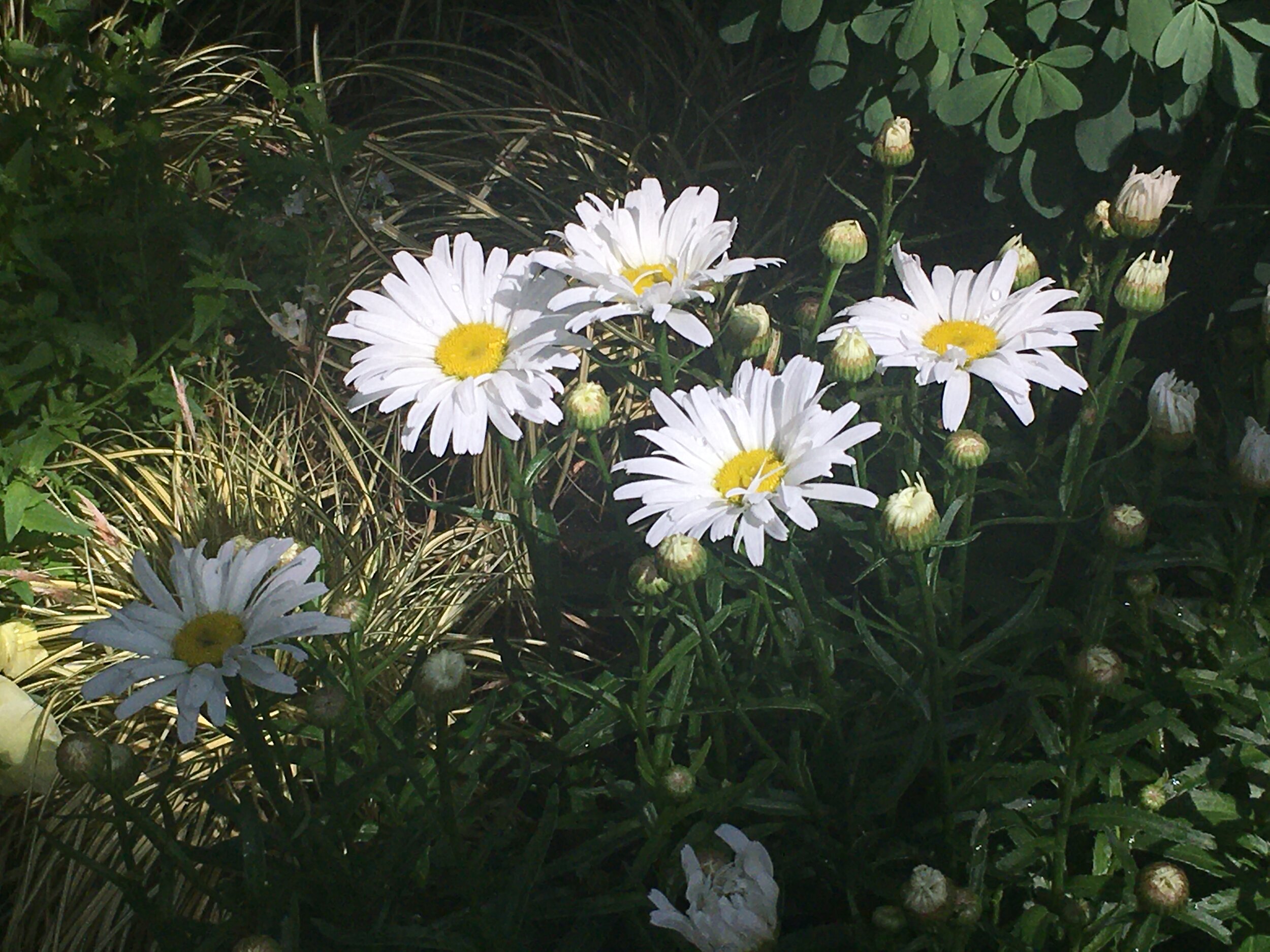
Basked in sunlight, these flowers are commonly known as the Shasta Daisy, which are native to mountains between France and Spain.
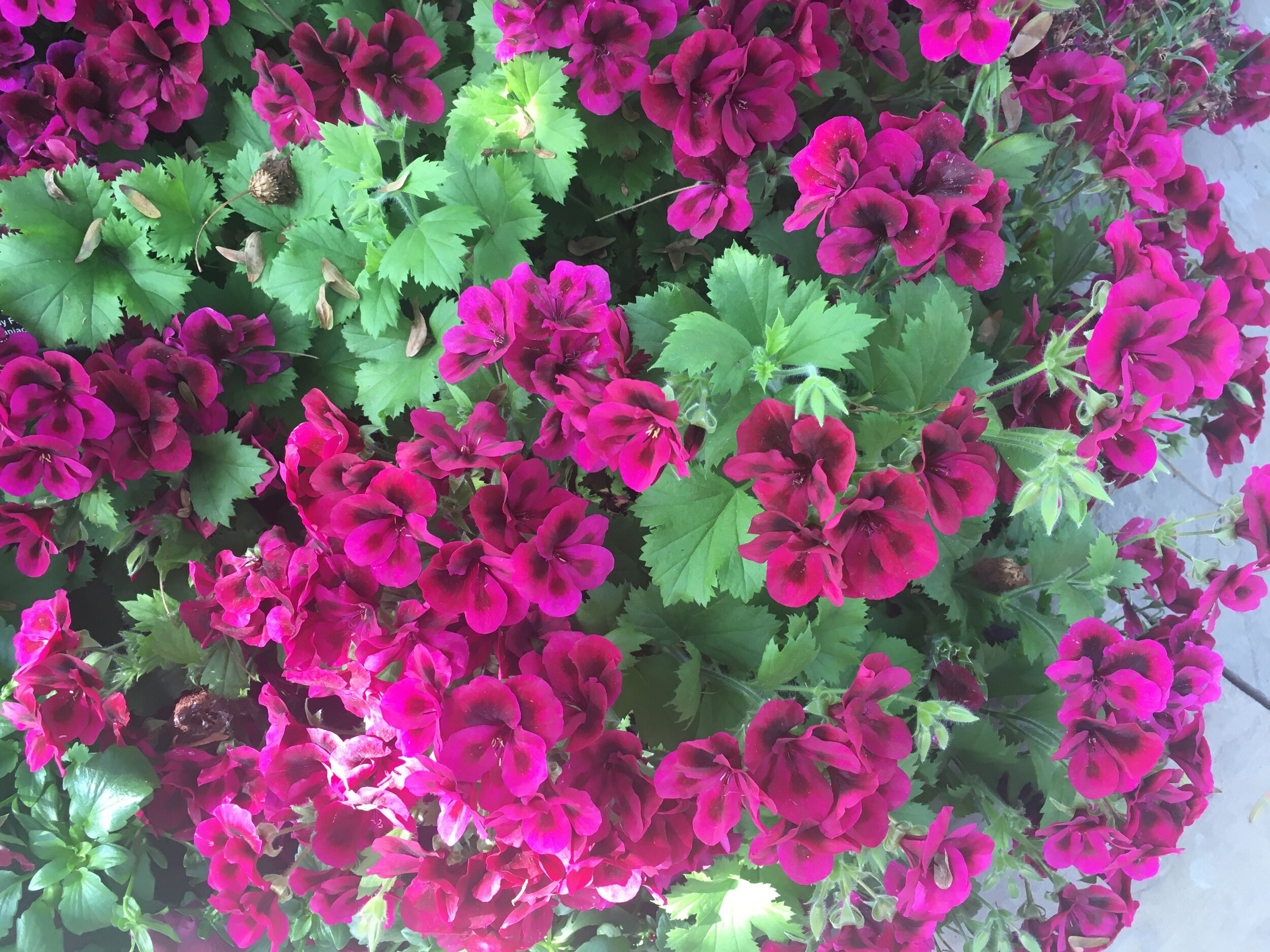
Up close and personal with another shade of pink, a shade that leans towards more purple.

A contrast between two flowers, with one that hangs over and blooms into these huge petals. The other blooms very small and it doesn't grow much higher than its surrounding bush.

These lilac-colored flowers tower over the flowers below them.
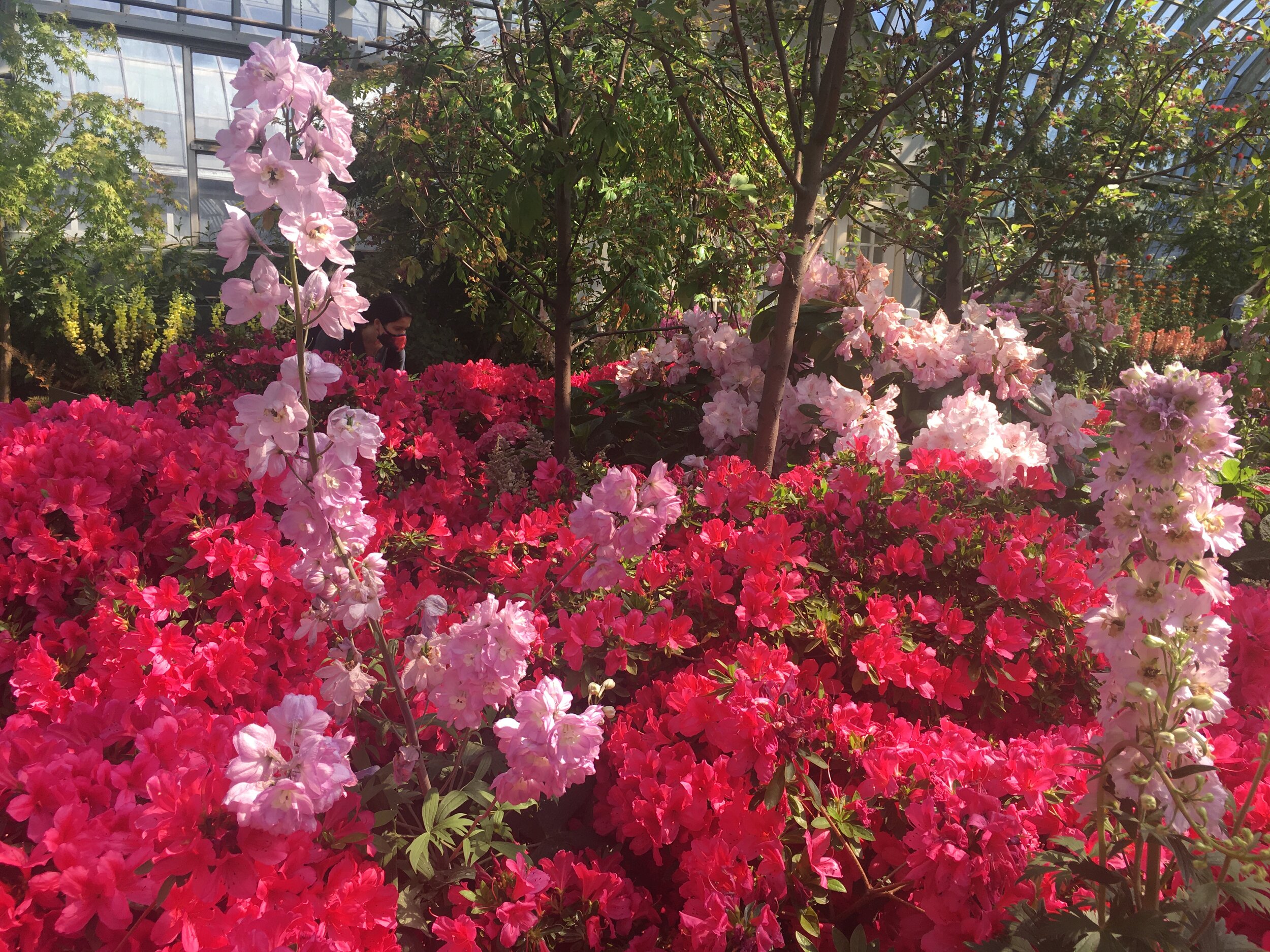
The clash of two pinks.
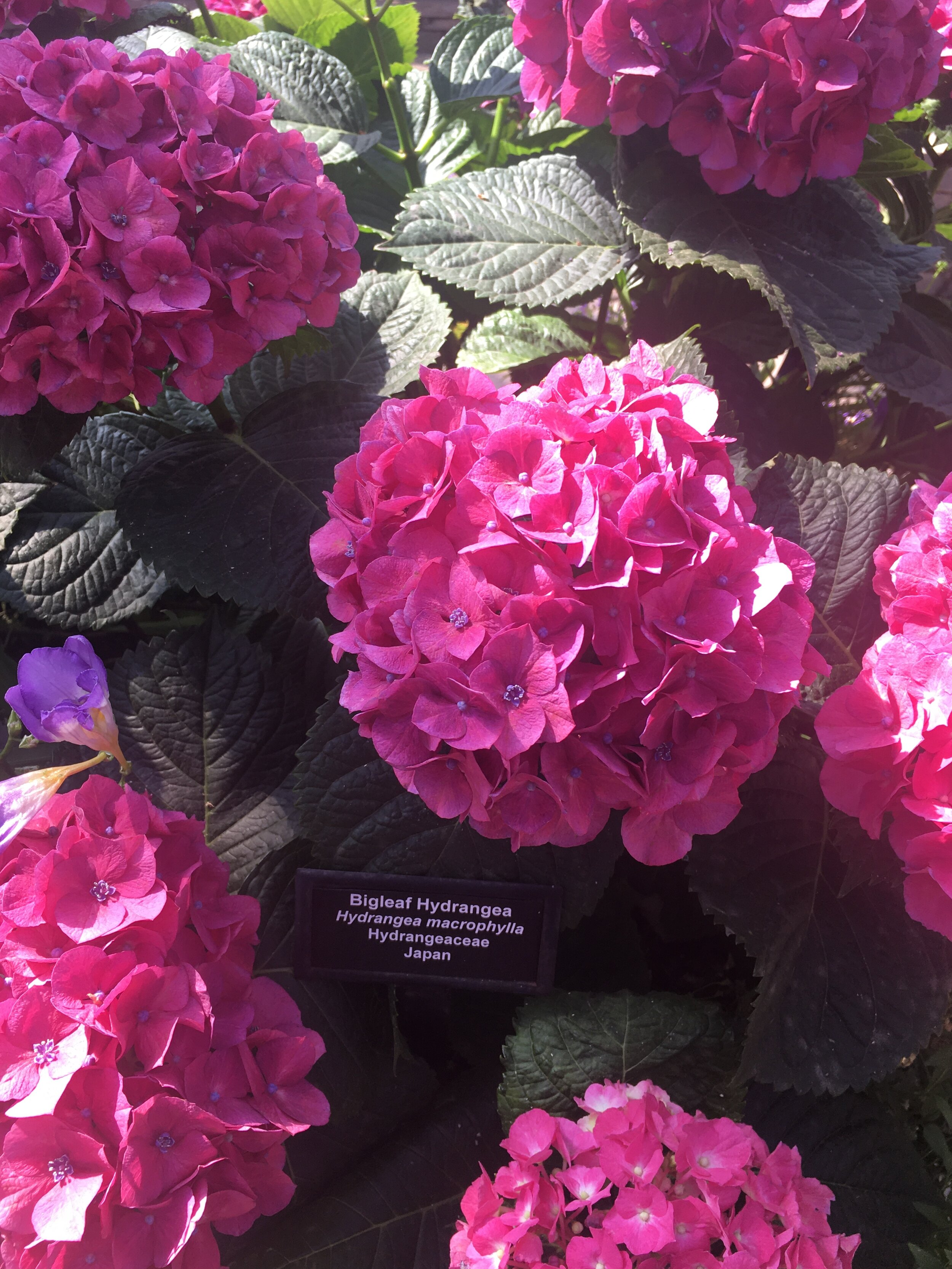
Another vibrantly pink plant, the Bigleaf Hydrangea can grow up to three feet tall and four feet wide. The color of this plant depends on the acidity of the soil. High acidic soil leads to a blue color, while soil with low acidic levels tends to be this bright pink color.

A cluster of pink to white flowers in the peak of their bloom.
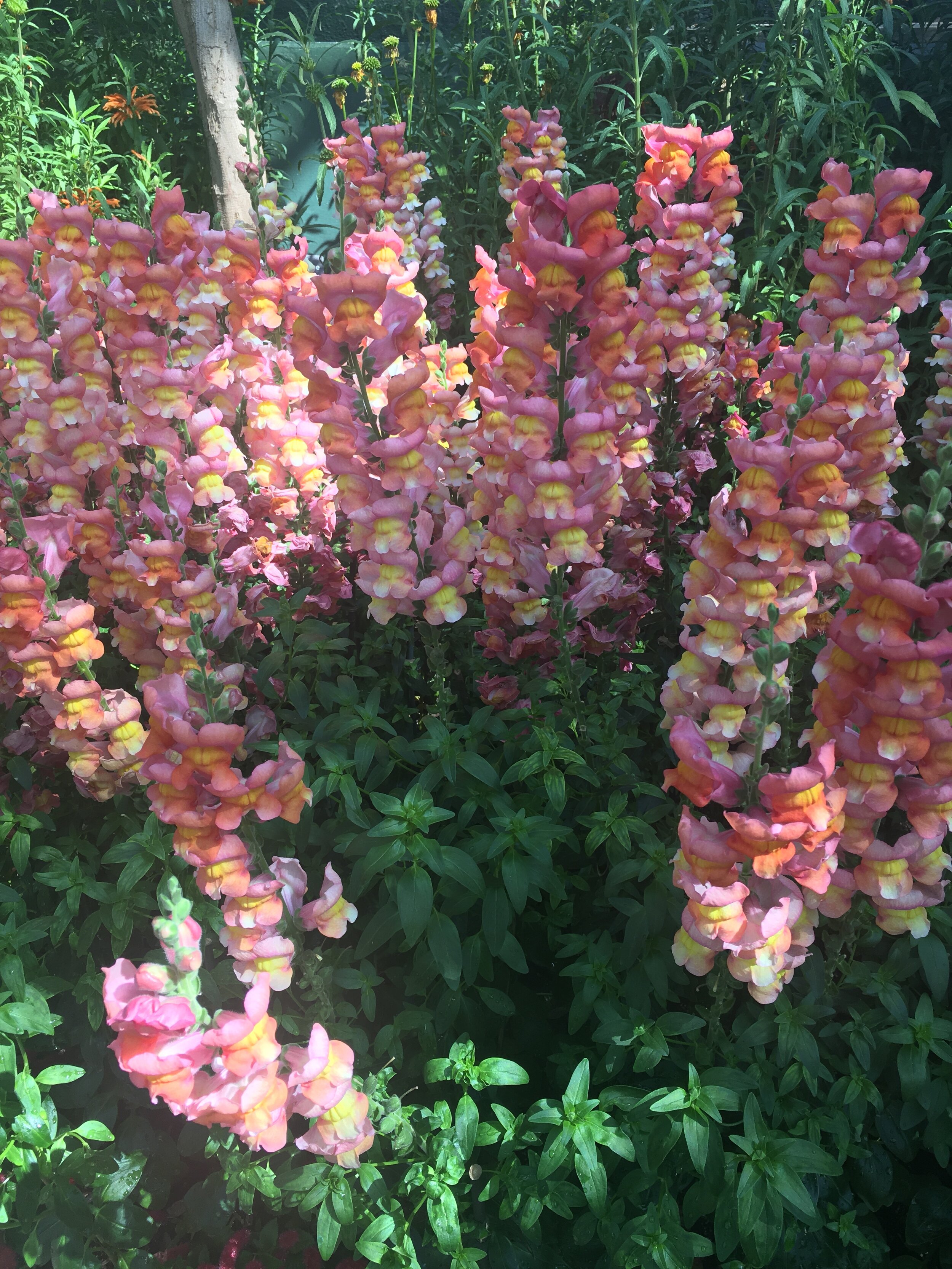
These pink and yellow flowers grow vertically with many petals hanging onto the stem.
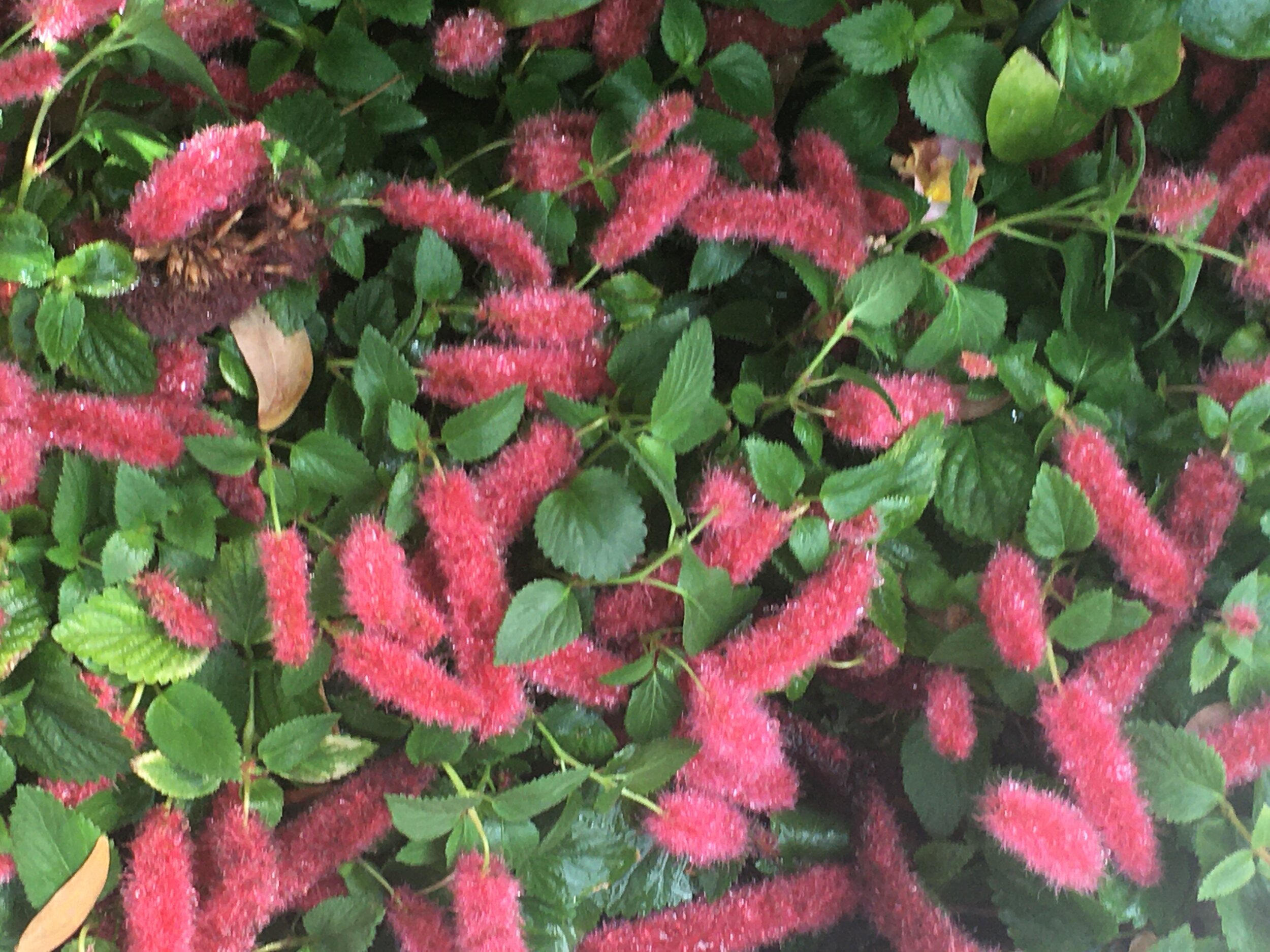
These pink and fuzzy worm-like plants, commonly known as the Dwarf Chenille Plant, hail from the Southwestern region of the United States and the Caribbean.
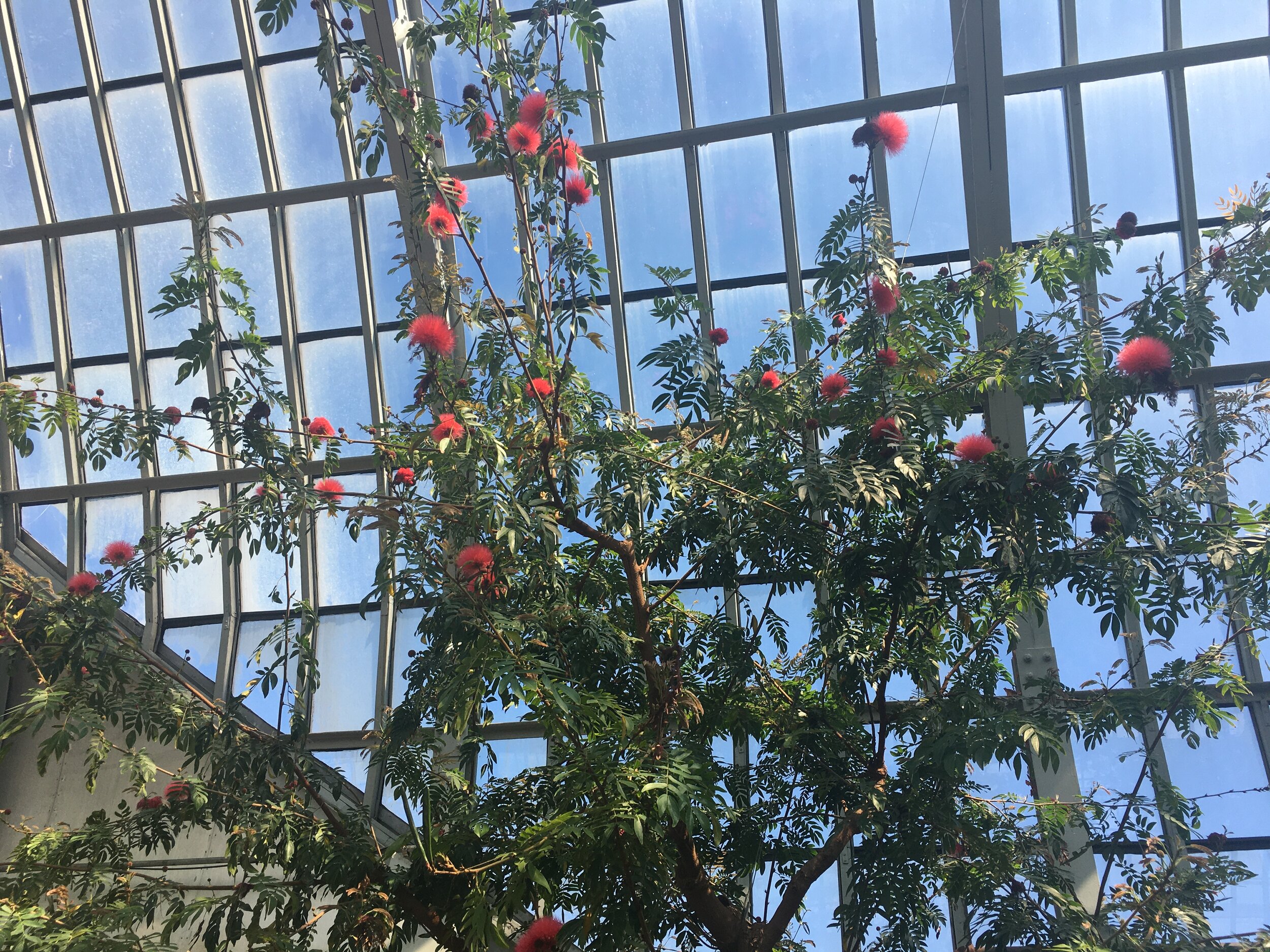
Native to Bolivia, the Red Powderpuff Tree blooms with flowers that resemble red, puffy powder puffs at the ends of its branches.
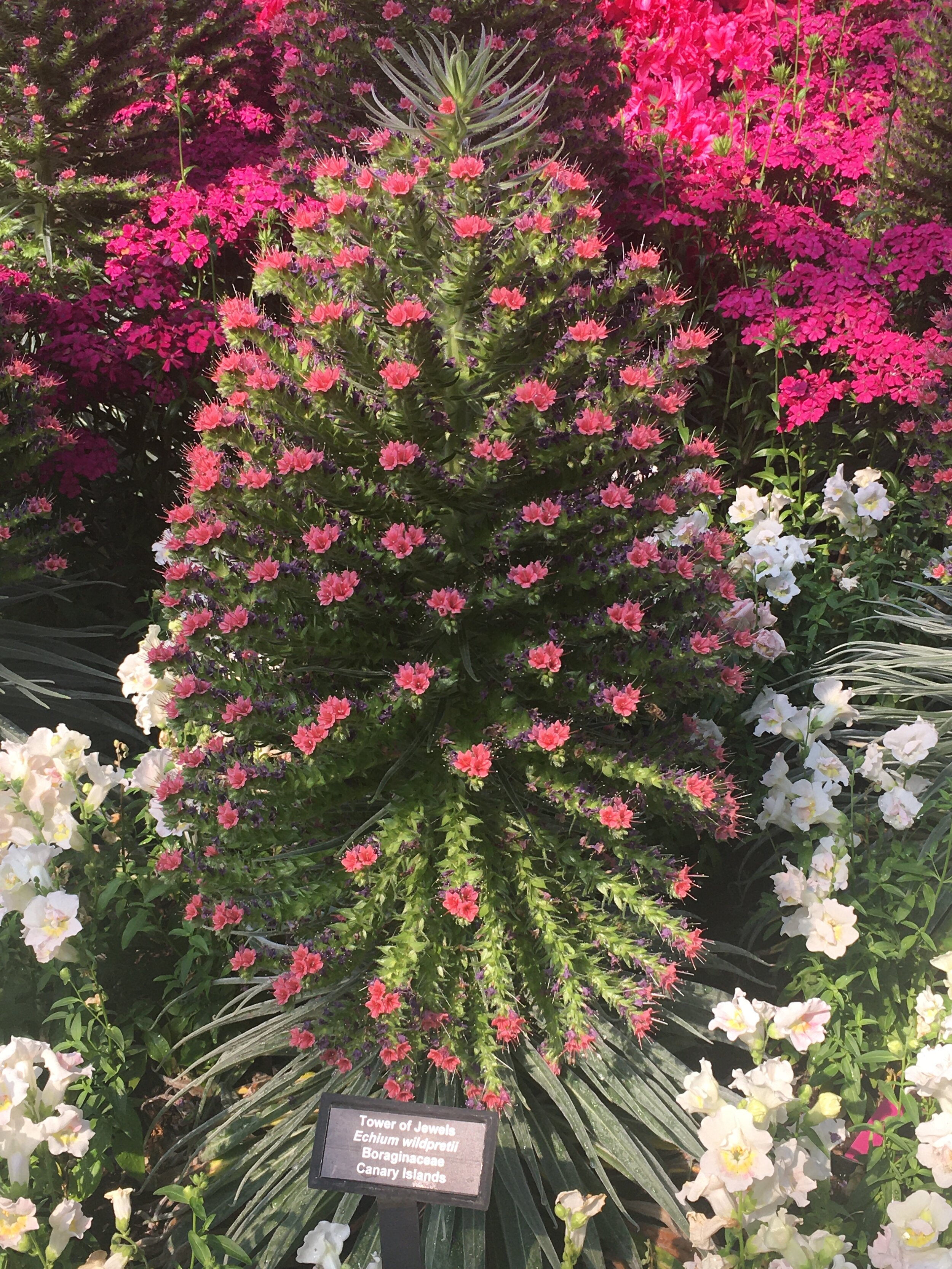
Scientifically known as Echium wildpretii Boraginaceae, the Tower of Jewels fits its common name to a tee. The small tree features tiny, bright pink flowers at the end of its branches. The tree is native to the Canary Islands.
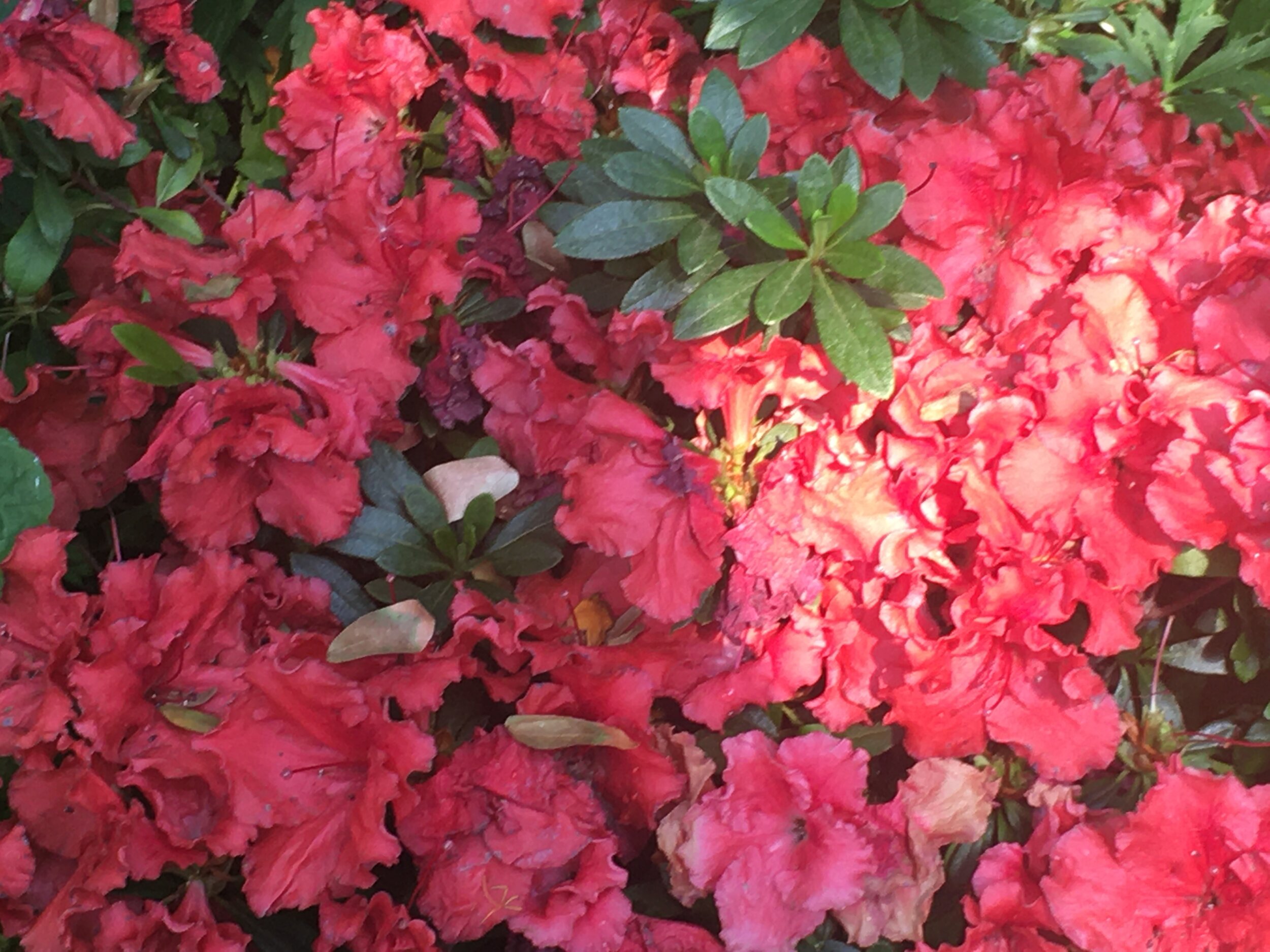
The Evergreen Azalea, scientifically known as Rhododendron Ericaceae, has a bright pink hue. According to Azalea Chapter, these pink flowers are relatively new to the gardens throughout the United States. They are actually native to China, Korea, and Japan.

These flowers hang over one another in a gradient sea of pink, purple, and blue.

Up close, the Orange Jessamines have this purple, pink, and blue gradient hue. These Orange Jessamines are native to both China and India.
















The Garfield Park Conservatory hosted its flower show, titled "Spring Flower Show: Saturation," from February 27th to May 9th. The show features bright and colorful flowers that are native to various places around the world.

